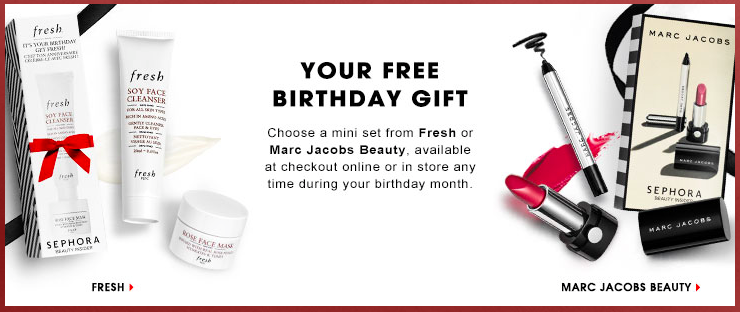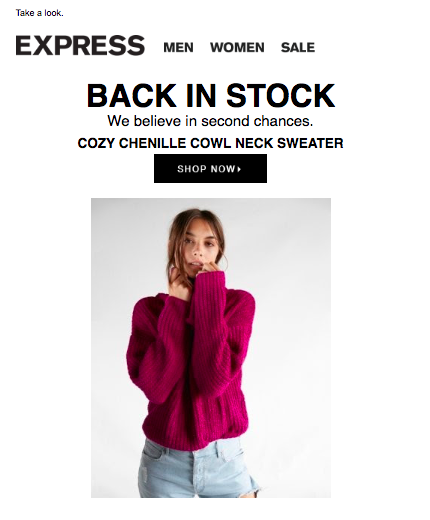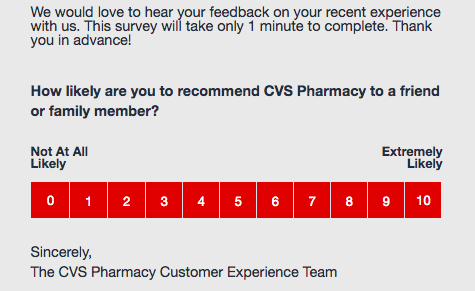 Consumers buy more online than in stores – and for good reason. Thanks to services like Instacart, Amazon Prime and Postmates, there’s no need to wait in long lines or elbow through crowds.
Consumers buy more online than in stores – and for good reason. Thanks to services like Instacart, Amazon Prime and Postmates, there’s no need to wait in long lines or elbow through crowds.
But the in-store experience is still vital. For one, some customers would rather visit the store in person before they decide to buy. Talking directly with a salesperson is beneficial. Other customers use retail locations as a showroom to touch, feel and experience the product in person before purchasing online.
Customers expect these two experiences to be seamless and integrated. Brands need to retain in-store customers once they walk out the door, and encourage online shoppers to visit a brick-and-mortar location.
The key? Great retail email marketing. Here are five ways retailers can connect the in-store experience with the online experience.
Send Receipt Via Email
You know that crumpled mess of receipts at the bottom of your bag or in your back pocket. Paper receipts are a pain.
Eliminating paper receipts isn’t just a convenience for customers. Sending a receipt via email opens up a new marketing channel. An emailed receipt is also a great way to send surveys and relevant, personalized post-purchase offers.
Birthday or anniversary perks
Make your customers feel special on their birthday, or remind them of your long-term relationship status. Send them an invite to stop by the store on their birthday to redeem a free gift. This is an especially helpful tactic for getting online customers to visit stores. Sephora offers customers this perk.

Restock alerts
Sometimes items are limited or sold out. Alert customers with a triggered email when an item they have shown interest in is back in stock. Clothing brand Express emails customers when an item they have viewed is restocked.

Location-Specific Deals
Customers who visited a store but did not make a purchase are a great target for location-specific deals. Sending them a coupon to use in-store is a great strategy for drawing them back in.
Surveys
Surveys provide direct feedback from customers, helping you understand what you’re doing right and how you can improve. Brands can gain valuable information about both a customer’s in-store and online experiences. For example, CVS Pharmacy gathers information about a specific location with a customer survey.

They can also boost in-store visits. Once customers complete the survey, brands can send with a promo code to apply toward an in-store purchase.
Online shopping is accelerating with no end in sight. This means retailers need to explore new tactics for making the in-store experience more memorable. Email marketing helps to build the bridge between these two experiences and boost the success of businesses.
But retail email must be relevant and helpful; it’s what customers expect. Email is most effective when retailers have a clear understanding of their customers’ wants and needs. This is only possible if brands leverage third-party data to create context around their own first party data.
Contextualizing customer behavior allows brands to fill their knowledge gaps, anticipate needs and wow their customers across channels.
 Affiliate Marketing
Affiliate Marketing Automotive
Automotive eCommerce and Retail
eCommerce and Retail FinTech
FinTech LeadGen
LeadGen Nonprofit and Political
Nonprofit and Political Payments
Payments Technology Platforms
Technology Platforms Tourism and Hospitality
Tourism and Hospitality
 Consumers buy
Consumers buy 


